
Benefits of Digital Quality Management (DQM) You Must Know
Manufacturers don’t lose sleep over single defects. They lose it over slow finds, scattered records, and audit fire drills. Paper and spreadsheets can record history; they struggle to control it. As supply chains stretch and regulations tighten, time...

How To Use AI to Reduce Non-Compliance and Risk
Compliance today is not just checking boxes—it's staying ahead of a constantly shifting landscape of regulations. Industries like healthcare, pharma, and banking are most at risk, with new regulations cropping up on a quarterly or so basis. To add to...

Electronic Records & Signatures Per 21 CFR Part 11: A Complete Guide
Electronic records now sit at the center of how regulated organizations make and document quality decisions. When those records replace paper, the U.S. Food and Drug Administration (FDA) requires that they be as trustworthy, reliable, and generally e...
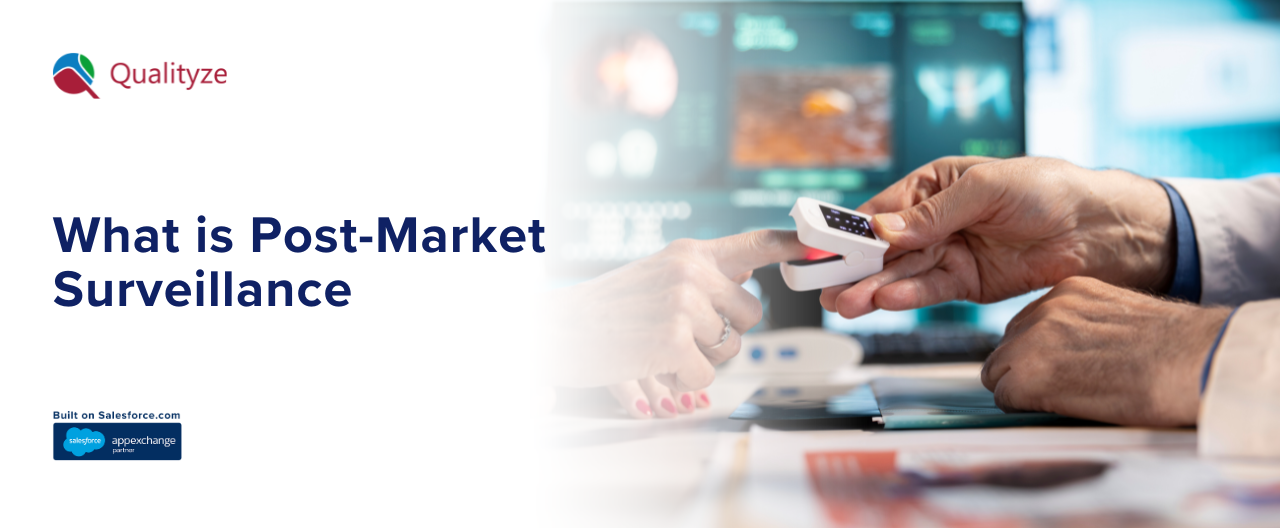
What is Post-Market Surveillance: What You Need to Know
Post-Market Surveillance, or PMS, sounds administrative, but its essence is straightforward: after a medical device, drug, or any regulated product reaches the market, you have to continue monitoring. This isn't practice—it's regulatory necessity.
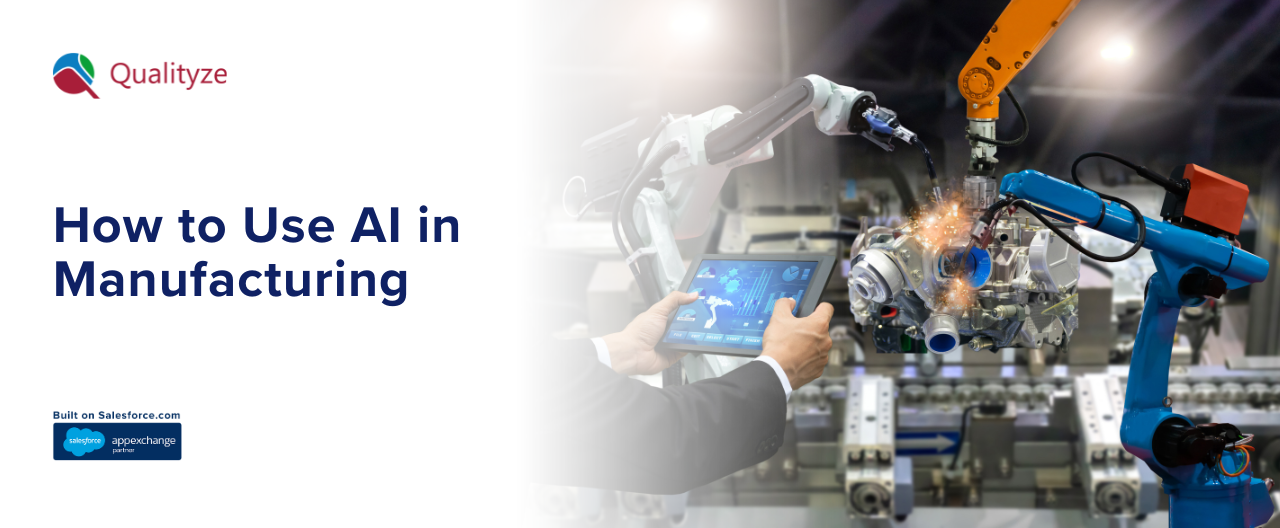
How to Use AI in Manufacturing to Fast-track Operations
A few years back, manufacturing quality lived in binders, spreadsheets, and “who remembers where that file is?”
Deviations opened late. Changeovers drifted. Audits meant war rooms and sleepless nights.
Then they started small—AI add-ons insid...

FDA Premarket Approval (PMA) Process: What You Need to Know
When it comes to medical devices, they're not all the same. Some are as basic as band-aids, while others—such as heart valves or pacemakers—are the difference between life and death. For those kinds of high-risk devices, the FDA demands something cal...
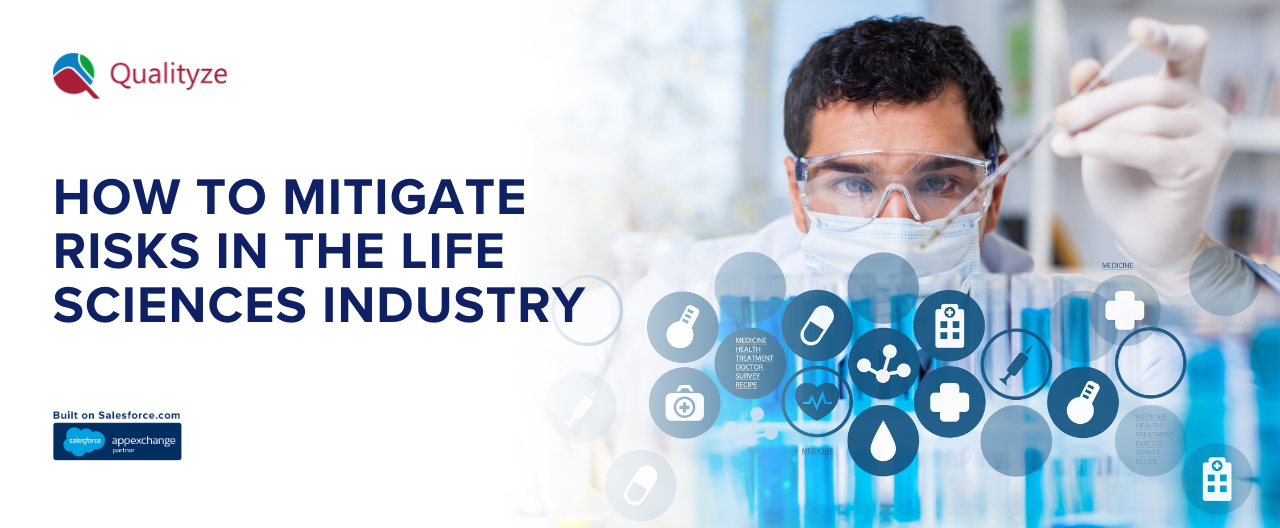
How to Mitigate Risks in the Life Sciences Industry
Risk in life sciences isn’t a surprise guest. It’s on the calendar. Complex trials, global suppliers, digital plants, and tight rules make the stakes high—and the margin for error small. The goal isn’t zero risk; it’s known, prioritized, and controll...
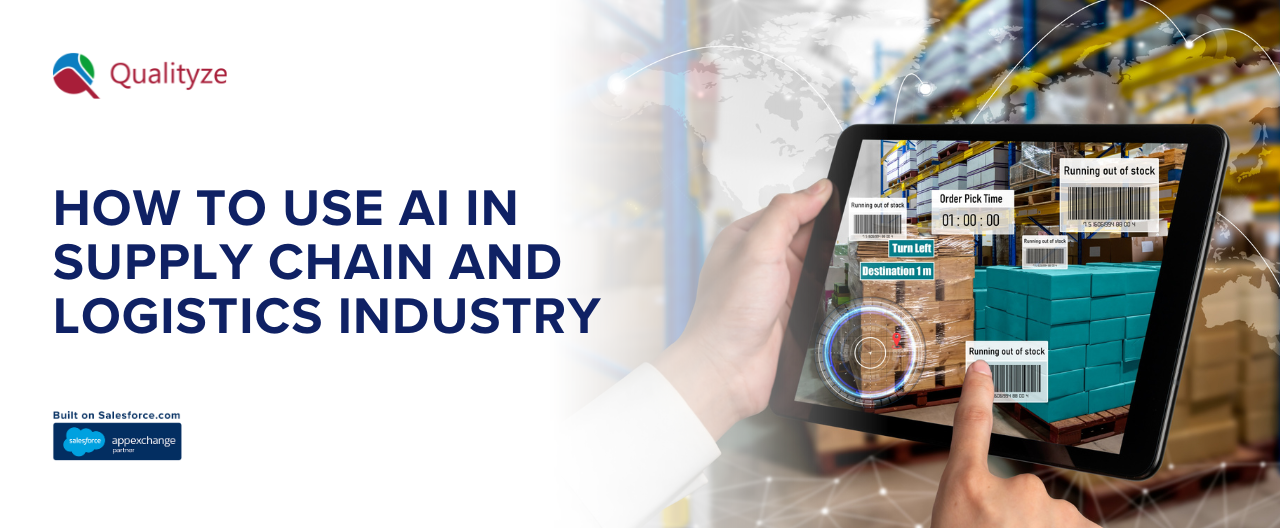
How To Use AI In Supply Chain and Logistics Industry
Part of a broader digital operations portfolio, Artificial Intelligence (AI) is being used by supply chain and logistics teams to sense change earlier, decide faster, and execute with fewer errors. In practice, “AI” spans machine learning, optimizati...

Importance Of Compliance Audits in Ensuring Quality & Trust
Compliance audits are structured inspections that aim to confirm whether an organization is complying with applicable legislations, regulations, and internal practices. Compliance audits dig into procedures, documents, and operations to ensure all is...

What Is Process Safety Management (PSM) & Why It's Important
Discover the essentials of Process Safety Management (PSM) and its role in hazard prevention, operational continuity, and OSHA compliance. This blog offers practical insights and steps to strengthen your process safety program—read now!
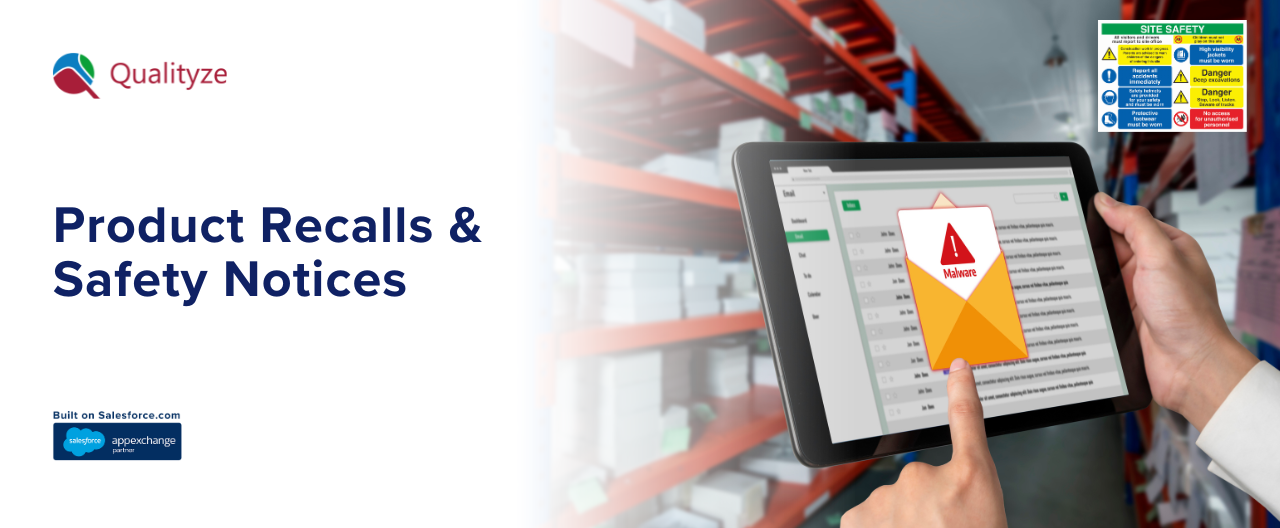
Product Recalls & Safety Notices: What You Need to Know
Recalls are not “a QA thing.” They are a business moment of truth. Safety, brand trust, cash flow, and regulators all show up at once. If your data is messy or slow, the recall gets louder, longer, and more expensive. Not the vibe.
Think of a rec...
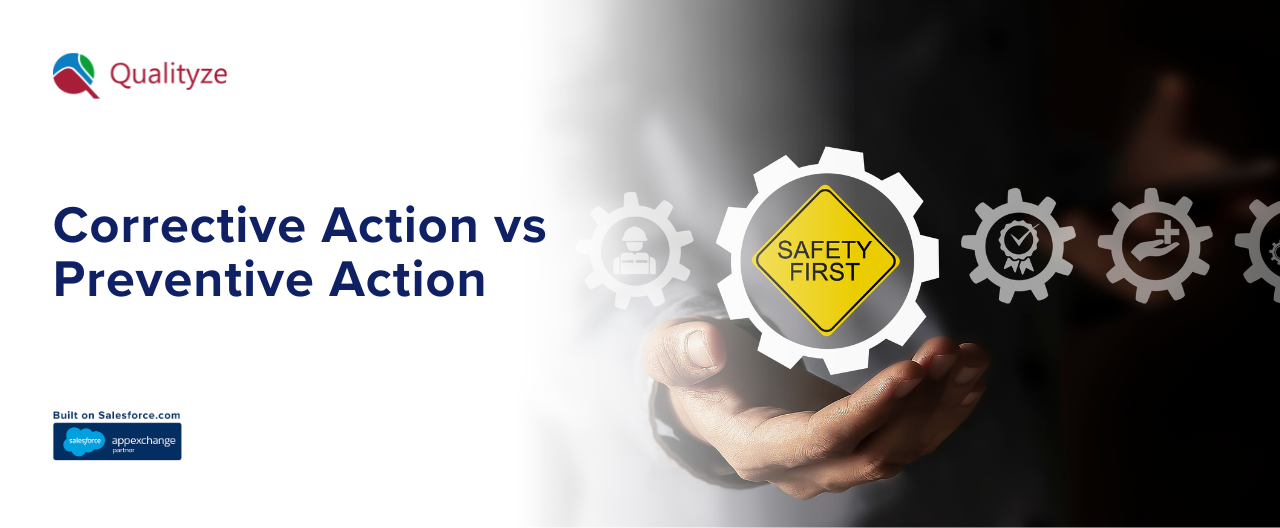
Corrective Action vs Preventive Action: What You Need to Know
The debate on Corrective Action vs Preventive Action goes beyond theory—it defines how organizations prevent risks and ensure compliance. This blog explores differences, ISO standards, pitfalls, and QMS solutions. Request a personalized demo today!
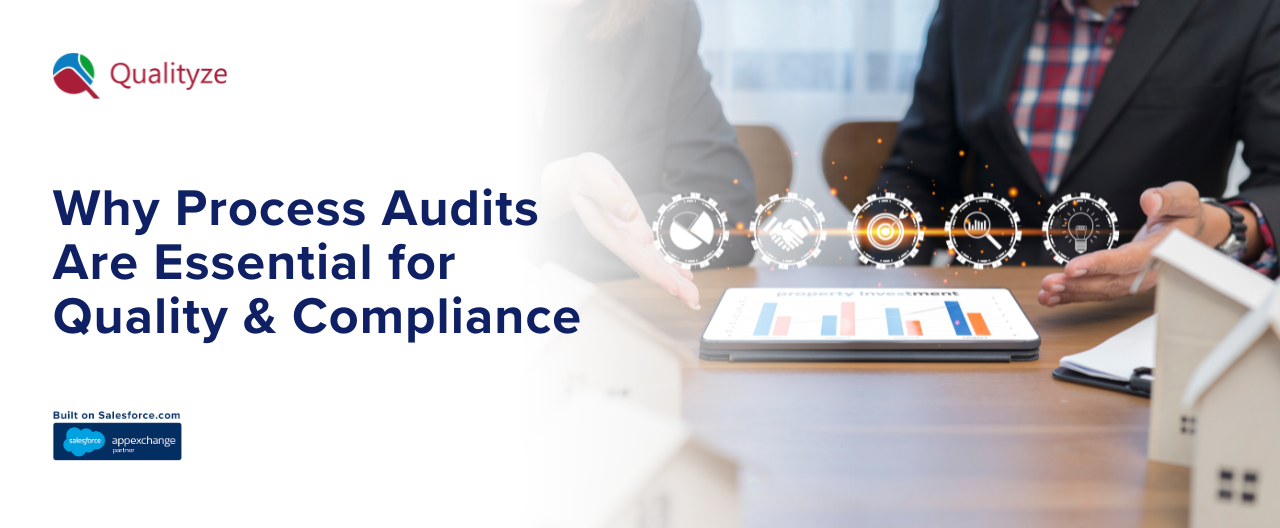
Why Process Audits Are Essential for Quality & Compliance
A process audit is somewhat similar to taking your business in for a health check-up. Instead of merely checking the end product—i.e., whether or not something functions—it checks the steps to get there. That is, whether procedures are being followed...

What Is EU AI Act: Why It's Important for Europe Future?
Artificial Intelligence is no longer the domain of science fiction or research laboratories—it's integrated into the apps, services, and systems that we use daily. From voice assistants to fraud-checking tools, AI is behind choices that impact us. Bu...

What is Quality Control in a Laboratory and its Importance
Quality Control in a Laboratory safeguards precision, compliance, and repeatability in lab testing. This expert blog explores key strategies, standards, tools, and challenges involved in modern Laboratory Quality Control. Learn how digital Quality Ma...

How To Use Corrective Action Reports (CARs)? Complete Guide
A Corrective Action Report transforms nonconformance findings into measurable, lasting fixes. From root cause analysis to audit readiness, we outline every step, best practice, and common pitfall—so your CAPA process delivers. Read on and elevate you...

Nonconformance Mistakes Costing Millions: How To Avoid Them
When we talk about nonconformance in quality management, we're really talking about anything that doesn't measure up. Maybe it's a tiny defect on a piece of merchandise, a skipped step in a process, or a bit of paperwork that isn't quite accurate. It...

Top 10 KPIs Every Nonconformance Manager Should Track in 2025
If there's a single truth about quality management, it's this: you can't fix what you don't measure. For nonconformance managers, Key Performance Indicators (KPIs) are not mere numbers on a dashboard—they're the heartbeat of whether processes, people...
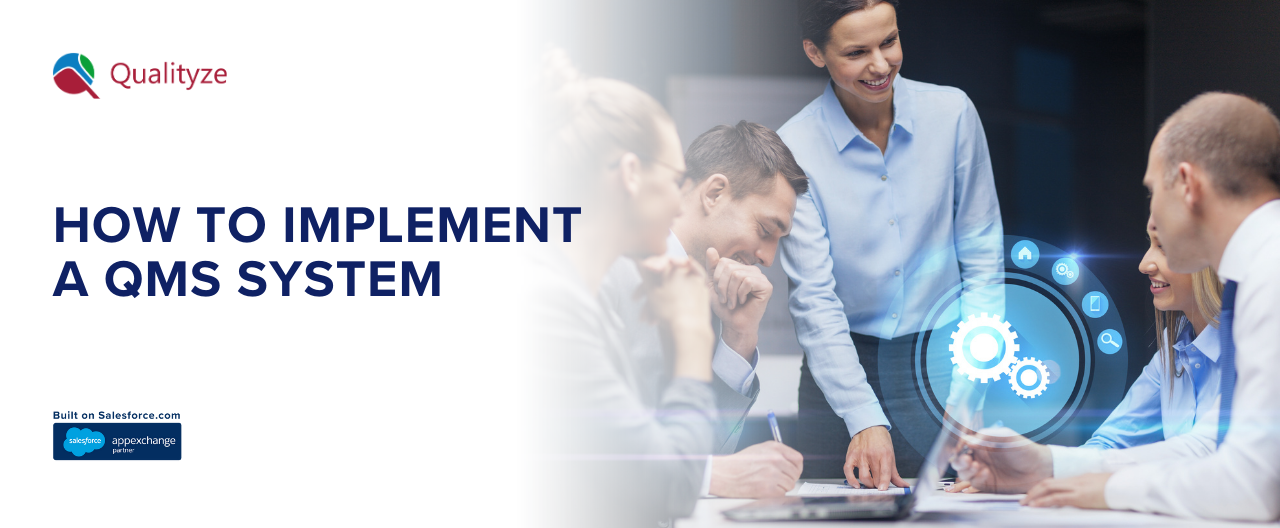
How to Implement a QMS System: Everything You Need to Know
Most teams write procedures. The great ones write behaviors. PDFs don’t make quality happen—people do. That means procedures that are short, findable, and action-oriented; checklists that load now of work; clear owners and triggers; training tied to ...

In Process Quality Control In Pharma Industry: Best Guide
If you only discover trouble at final release, you’re basically speed-running regret. In-Process Quality Control (IPQC) flips that script. It watches your batch while it’s being made—spotting drift, tightening variability, and saving you from the “Wh...

The Costs of Poor Document Version Control You Must Know
All organizations, regardless of size, operate on documents. Policies and procedures, quality manuals, training records, project notes — they all dictate how work is accomplished. But here's the kicker: these documents aren't fixed. They evolve. They...

How to Handle Opportunities for Improvement (OFIs) Easily?
In quality management, perfection is not a finish line; it's a moving target. Even when outputs are on spec and audits are a go, there are always corners that can be smoother, faster, safer, or clearer. That's precisely what Opportunities for Improve...

Mastering World Class Manufacturing: A Complete Guide
Have you ever walked into a factory where everything feels ideal: machines run seamlessly, products come off the line flawlessly and on time, workers move with confident purpose, and the ambience is filled with a collective sense of pride. No scrambl...

Nonconformance and CAPA: How to Approach Each Process Effectively
No company wants to deal with scrap piles, wasted labor, or disappointed customers but these problems can become routine if mistakes and failures are not controlled properly. Too often, Nonconformance (NC) and Corrective and Preventive Action (CAPA) ...

Hot Work Permit: What It Is, Why It’s Required & Safety Practices
Hot work might sound like a fairly straightforward term, right? Tasks like welding, cutting, or grinding generate heat, flame or sparks. They’re common, everyday routine operations in many industries. But do you know? It’s not so simple: they’re also...

QMS: Definition, Benefits & Digital Transformation
Let’s not sugarcoat it—"Quality Management System (QMS)" sounds like corporate jargon that gets tossed around in meetings without much explanation. But behind that dry name is something that makes a real difference, especially when you’re trying to r...

What is a Lean Quality Management System (LQMS)
A Lean Quality Management System (LQMS) combines proven Lean principles with the structure of a QMS. The goal is simple: deliver safe, compliant products faster, with fewer defects and lower cost. Instead of piling on forms and approvals, an LQMS rem...

Quality Plan Guide: Key Steps & Digital QMS Benefits
Whether you’re building a medical device, launching a new beverage, or constructing a new facility—quality remains non-negotiable. It’s the difference between meeting expectations and facing costly rework, missed deadlines, or compliance repercussion...

Optimize Workflows with Laboratory Quality Management System
The Laboratory Quality Management System (LQMS) is the backbone of modern laboratory operations, ensuring precise lab workflows, ISO 15189 compliance, and effective quality control. We’ll walk you through Laboratory QMS elements, core processes, and ...
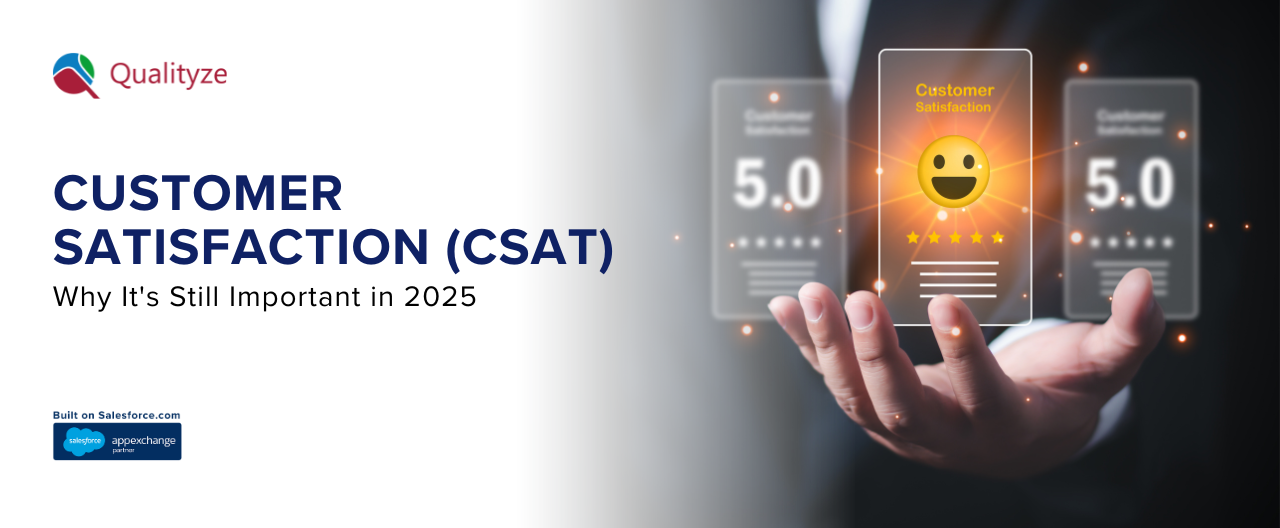
Boost Customer Satisfaction Score (CSAT) in 2025
As 2025 redefines quality and customer expectations, the Customer Satisfaction Score (CSAT) has become essential to brand resilience and loyalty. Learn how to improve CSAT score with structured insights, close feedback loops, and align your team arou...





























